Creatine is one of the most popular sports supplements, but is it right for you? Creatine, or creatine monohydrate, is a compound created by amino acids (methionine, glycine, and arginine) that is used for energy by the skeletal muscles, which are responsible for movement and maintaining posture. Creatine is important for maintaining a steady supply of energy to your muscles during exercise, especially short-burst, high-intensity activities (such as weight lifting, sprinting, or jumping). It can also help increase muscle growth, speed up recovery, and temporarily increase water retention in muscles, which may reduce dehydration and cramping.
Your body produces about half of its creatine supply naturally in the liver. The other half comes from your diet, particularly protein-rich, animal-based foods such as red meat (beef and pork), fish, and seafood (tuna, salmon, herring, cod).
 You can also obtain creatine through supplements. Creatine monohydrate is one of the most researched supplements available, specifically for its impact on sports and exercise performance. The general recommendation for creatine supplementation is 3–5 grams per day, or 0.1 g per kilogram of body weight (1 kg = 2.2 pounds). Exact dosing will depend on your individual goals. Alcohol and/or caffeine use may interact with creatine, lessening its effectiveness or leading to side effects, such as dehydration.
You can also obtain creatine through supplements. Creatine monohydrate is one of the most researched supplements available, specifically for its impact on sports and exercise performance. The general recommendation for creatine supplementation is 3–5 grams per day, or 0.1 g per kilogram of body weight (1 kg = 2.2 pounds). Exact dosing will depend on your individual goals. Alcohol and/or caffeine use may interact with creatine, lessening its effectiveness or leading to side effects, such as dehydration.
Who Benefits Most?
- Athletes and active individuals: Those involved in strength training, sprinting, or high-intensity exercise often see improvements in performance and recovery.
- Older adults: Research suggests creatine can help maintain muscle mass and strength, which supports mobility, balance, and independence as we age.
- Vegetarians and vegans: Since they consume little or no dietary creatine, supplementation may be especially beneficial for performance and energy.
Best Time to Take It
The most important factor with creatine is consistency. Whether you take it before or after exercise—or even with a meal on rest days—the benefits come from daily use. Some evidence suggests pairing creatine with a post-workout meal that includes protein and carbohydrates may enhance absorption, but the key is regular intake.
Creatine can be a safe and effective tool for improving strength, recovery, and overall muscle health when paired with consistent exercise—but it’s not a magic pill. Always check with a healthcare professional or dietitian before starting any supplement, especially if you take prescription medications or have a chronic health condition.
Finally, remember that in the United States, supplements are not regulated by the Food and Drug Administration. This means it is not guaranteed that what’s on the label is actually in the product. To protect yourself, always choose supplements that have been third-party tested by organizations such as NSF or USP.


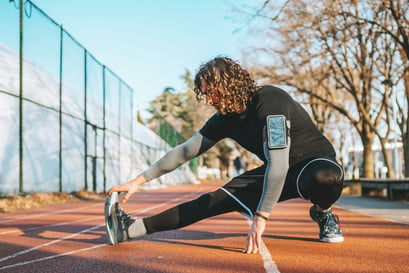 Everyone needs strong hips. Athletes need them to perform a wide variety of movements within a given sport. Aging adults need them to help reduce the risk of falls. When we think about the hip, most people think about the glutes and abductors. You can look in any gym and see a handful of people with a band around their knees performing a plethora of movements working the glutes and abductors. However, the most neglected muscle is the one on the inside of the thigh: the adductor.
Everyone needs strong hips. Athletes need them to perform a wide variety of movements within a given sport. Aging adults need them to help reduce the risk of falls. When we think about the hip, most people think about the glutes and abductors. You can look in any gym and see a handful of people with a band around their knees performing a plethora of movements working the glutes and abductors. However, the most neglected muscle is the one on the inside of the thigh: the adductor. 
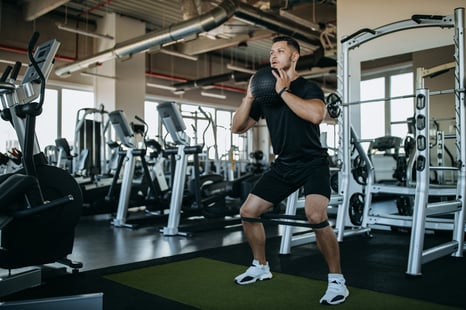 For many athletes and recreational athletes, the arrival of winter and cold weather usually signifies the end of their athletic season. Once the bulk of your outdoor sport competition has concluded or slowed down, reflections of the past year take place. You may have run a personal record in your first 5K, mini, or full-marathon; had your best record in your tennis league; or had the lowest scoring average over a spring and summer for golf. Whatever your sport is or whatever you worked on that previous off-season, the wheels start churning in your mind about how you might be able to continue that improvement for the next season.
For many athletes and recreational athletes, the arrival of winter and cold weather usually signifies the end of their athletic season. Once the bulk of your outdoor sport competition has concluded or slowed down, reflections of the past year take place. You may have run a personal record in your first 5K, mini, or full-marathon; had your best record in your tennis league; or had the lowest scoring average over a spring and summer for golf. Whatever your sport is or whatever you worked on that previous off-season, the wheels start churning in your mind about how you might be able to continue that improvement for the next season. 
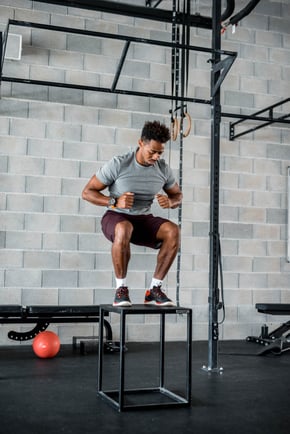 When watching elite athletes during competition, there are many athletic traits and features that we novices or amateurs marvel at. We think to ourselves, “If I did something like that, I wouldn’t walk for a week!” Seeing an NFL running back or wide receiver make a cut at full speed, a baseball player hitting a 400-foot home run, or a powerlifter deadlifting the weight of a Volkswagen Beetle are feats that just leave you in awe.
When watching elite athletes during competition, there are many athletic traits and features that we novices or amateurs marvel at. We think to ourselves, “If I did something like that, I wouldn’t walk for a week!” Seeing an NFL running back or wide receiver make a cut at full speed, a baseball player hitting a 400-foot home run, or a powerlifter deadlifting the weight of a Volkswagen Beetle are feats that just leave you in awe. 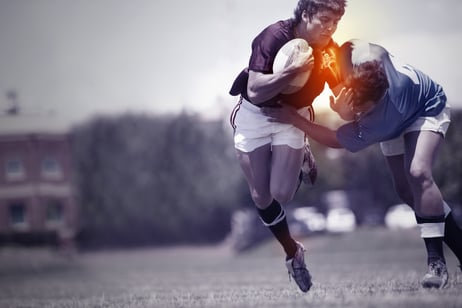 Sports careers, whether you are junior varsity or a hall of fame professional, all come to an end at some point. Often, these endeavors are marred with setbacks due to injuries ranging far and wide and sometimes spanning years. During competition and in the spirit of the moment, athletes sometimes push their bodies and minds beyond what was thought possible, resulting in amazing feats—but also potential injuries.
Sports careers, whether you are junior varsity or a hall of fame professional, all come to an end at some point. Often, these endeavors are marred with setbacks due to injuries ranging far and wide and sometimes spanning years. During competition and in the spirit of the moment, athletes sometimes push their bodies and minds beyond what was thought possible, resulting in amazing feats—but also potential injuries.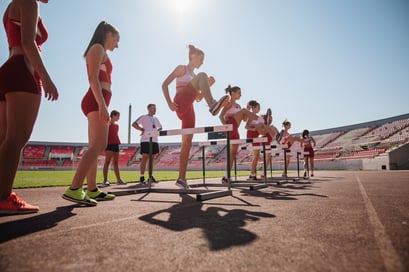 I wish I had a dollar for every time a coach has said to me, “That athlete has stiff hips,” or “That athlete folds over at the waist,” etc. So how do I help an inefficient athlete with stiff hips? I use simple hurdle stretches that train my athletes to bend.
I wish I had a dollar for every time a coach has said to me, “That athlete has stiff hips,” or “That athlete folds over at the waist,” etc. So how do I help an inefficient athlete with stiff hips? I use simple hurdle stretches that train my athletes to bend.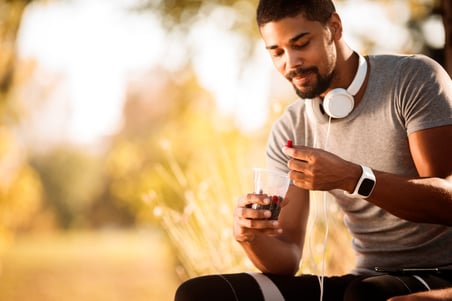 These past few weeks have been trying times for not only our families and friends, but also for the athletes we engage with on a daily basis throughout the year. In our position we must stay in a lead-by-example mentality. If we let ourselves go during this time, our athletes will notice and do the exact same thing. This is definitely a time of uncertainty and there are a lot of unknowns. Controlling what we can control on a daily basis is what will help not just us personally, but also those around us, to get through and come out of this on top.
These past few weeks have been trying times for not only our families and friends, but also for the athletes we engage with on a daily basis throughout the year. In our position we must stay in a lead-by-example mentality. If we let ourselves go during this time, our athletes will notice and do the exact same thing. This is definitely a time of uncertainty and there are a lot of unknowns. Controlling what we can control on a daily basis is what will help not just us personally, but also those around us, to get through and come out of this on top.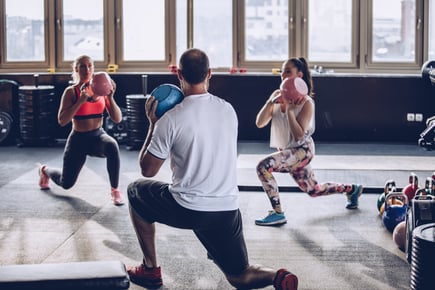 I am often asked what kind of workout program I follow, and my response is always, “I follow a program that gets me faster, stronger, and more athletic.” When people hear this, they assume that I am some kind of athlete and that they won’t be able to work out the way I do since they are not “athletes.” This is a huge misconception that I have noticed throughout the years that I have been working out. What people do not understand is that we are all athletes in our own way, and can actually train like one in order to get faster, stronger, and more athletic.
I am often asked what kind of workout program I follow, and my response is always, “I follow a program that gets me faster, stronger, and more athletic.” When people hear this, they assume that I am some kind of athlete and that they won’t be able to work out the way I do since they are not “athletes.” This is a huge misconception that I have noticed throughout the years that I have been working out. What people do not understand is that we are all athletes in our own way, and can actually train like one in order to get faster, stronger, and more athletic.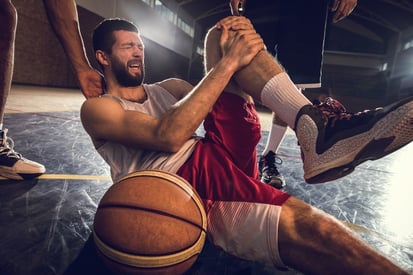 Having something come up that changes your routine or throws off your groove can be frustrating or disheartening because, let’s be honest, we all have things that we want to do. Looking at this from an athlete’s point of view is a little different than that of the general public.
Having something come up that changes your routine or throws off your groove can be frustrating or disheartening because, let’s be honest, we all have things that we want to do. Looking at this from an athlete’s point of view is a little different than that of the general public.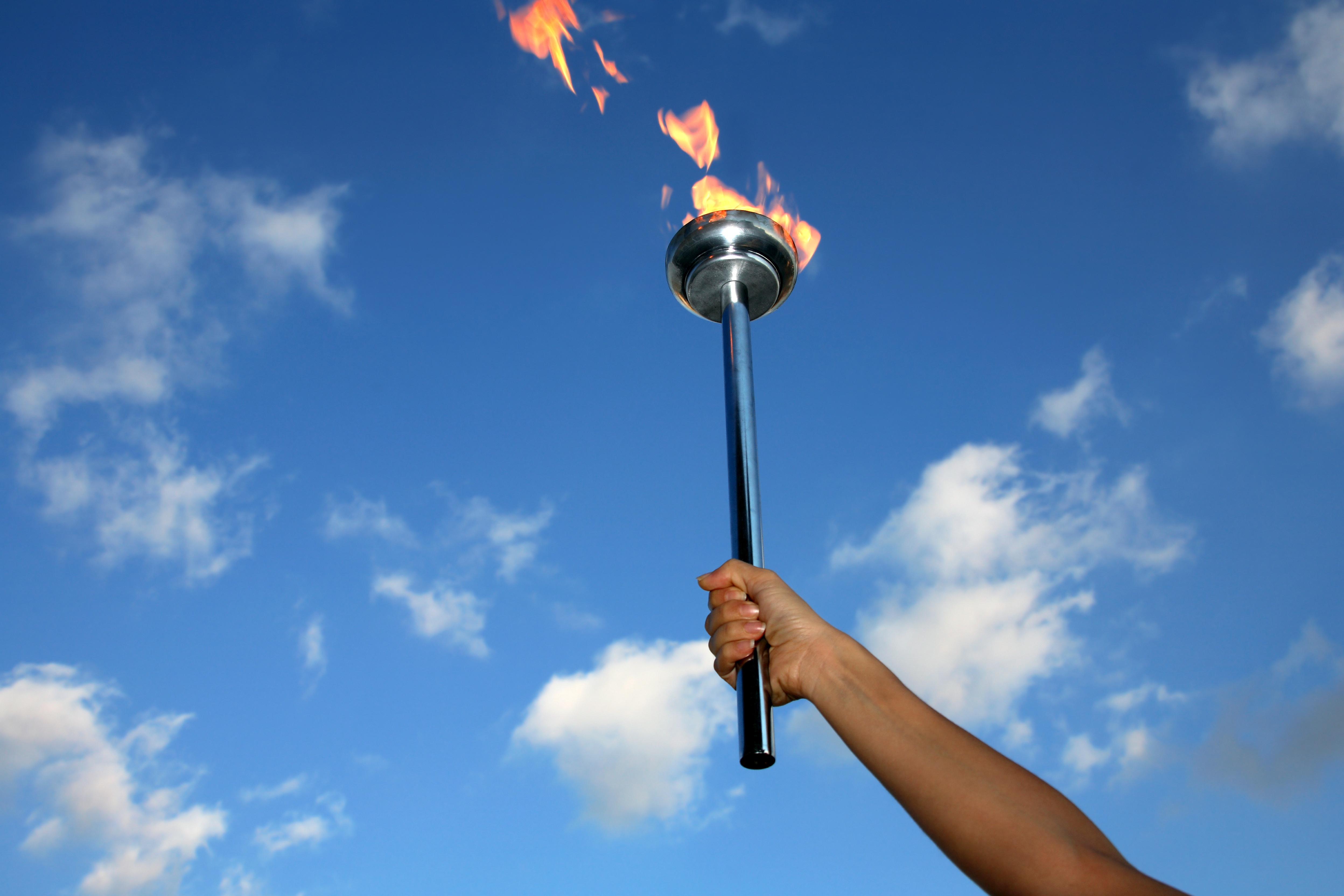 Every couple of years, the world’s best athletes get to compete in either the winter or summer Olympics, and I have been wondering about what they eat! I know as a dietitian I am obsessed with food, but surely other people wonder about sports nutrition on this kind of scale, too. These elite athletes have a routine when it comes to their nutrition, especially before competition. Then they are put into a situation where they have a giant smorgasbord of choices in the Olympic Village. How hard it must be to try to stick to their plan…at least until their event is over.
Every couple of years, the world’s best athletes get to compete in either the winter or summer Olympics, and I have been wondering about what they eat! I know as a dietitian I am obsessed with food, but surely other people wonder about sports nutrition on this kind of scale, too. These elite athletes have a routine when it comes to their nutrition, especially before competition. Then they are put into a situation where they have a giant smorgasbord of choices in the Olympic Village. How hard it must be to try to stick to their plan…at least until their event is over.